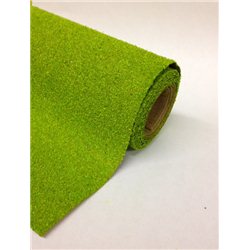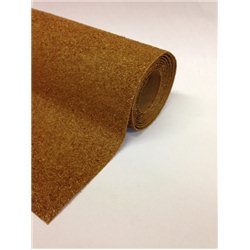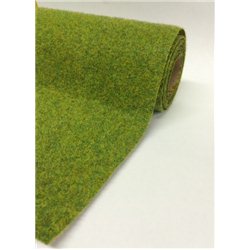You'll likely have come across the term "NEM pockets" when delving into the world of model railway couplers. But what...
No products
Product successfully added to your shopping cart
There are 0 items in your cart. There is 1 item in your cart.
Search Tips
Are there alternatives to using scatter when creating surface vegetation?
One of the most satisfying ways to bring a layout or diorama to life is to blend it into some form of natural environment. Many modellers will have used bags of scatter to achieve this result. Scatter is a very useful option when bringing life to a layout but it does come with some drawbacks. Inevitably the scattering process uses a lot of material and not all of this will conveniently attach itself to the model. Additionally, over time the adhesive used to attach the scatter can lose its effect causing scatter to be lost.
There are a number of cost-effective options for this process that are both simple and durable. Many manufacturers produce grass and other variants of plantlife substrates in mat and roll forms. The options include seasonal variations on grasses and meadow plant life. These can be cut to size and simply secured to the layout using a small amount of adhesive. Mats are particularly effective for modelling irregular surfaces such as rocky outcroppings where the amount of the desired cover can be cut and applied with relative ease.
In the case of large level surfaces such as a park or garden lawn, it is possible to use a roll specifically for this purpose. A roll is a great option for covering larger areas in that it can be cut to shape and fitted with ease. It also allows the modeller to simply repeat the process when multiple variations of the same effect are required, such as multiple lawns in a village or town.
When modelling a rural scene such as a farm or meadow then differing mat types can be used to create subtle variations in surface vegetation. Although many mats and rolls can easily be used on any layout or diorama, some are gauge specific, so it is always good to check first before purchasing.
Mats and rolls can offer a simple and cost-effective solution to stocking up on large amounts of scatter. When carefully blended they can add stunning visual effects to a wide variety of layouts. Why not give them a go on your next project?
Click here to receive the tips weekly in your mailbox. You can unsubscribe at any time.










